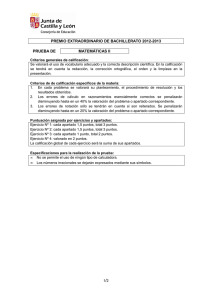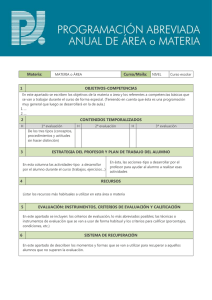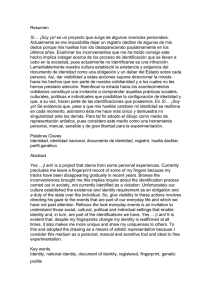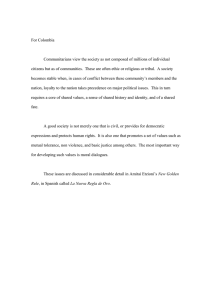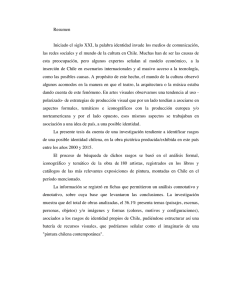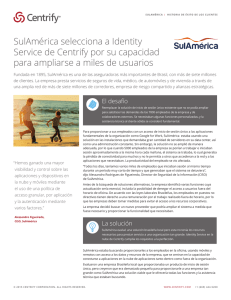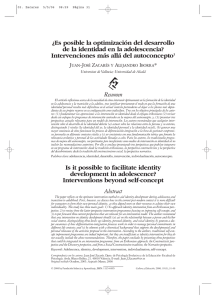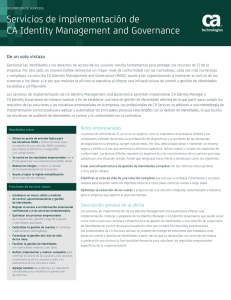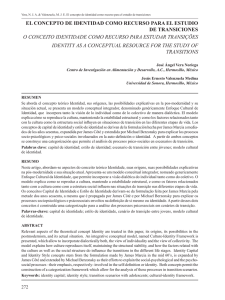PRUEBAS DE ACCESO PARA MAYORES DE 25 AÑOS 1 hora
Anuncio
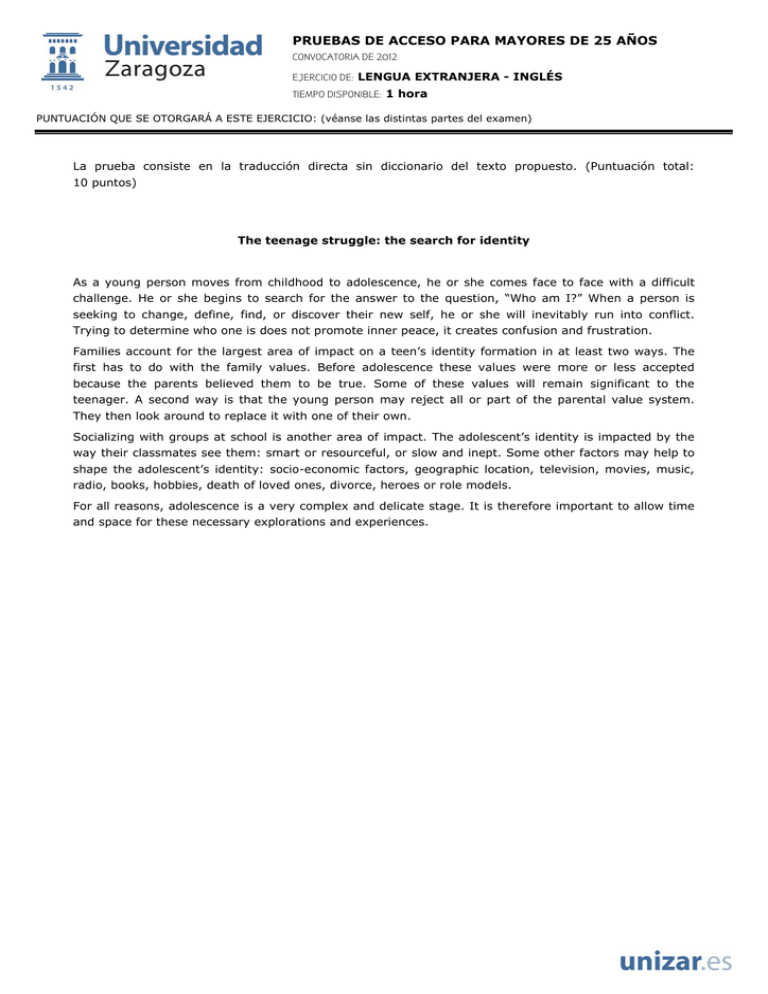
PRUEBAS DE ACCESO PARA MAYORES DE 25 AÑOS CONVOCATORIA DE 2012 EJERCICIO DE: LENGUA EXTRANJERA - INGLÉS TIEMPO DISPONIBLE: 1 hora PUNTUACIÓN QUE SE OTORGARÁ A ESTE EJERCICIO: (véanse las distintas partes del examen) La prueba consiste en la traducción directa sin diccionario del texto propuesto. (Puntuación total: 10 puntos) The teenage struggle: the search for identity As a young person moves from childhood to adolescence, he or she comes face to face with a difficult challenge. He or she begins to search for the answer to the question, “Who am I?” When a person is seeking to change, define, find, or discover their new self, he or she will inevitably run into conflict. Trying to determine who one is does not promote inner peace, it creates confusion and frustration. Families account for the largest area of impact on a teen’s identity formation in at least two ways. The first has to do with the family values. Before adolescence these values were more or less accepted because the parents believed them to be true. Some of these values will remain significant to the teenager. A second way is that the young person may reject all or part of the parental value system. They then look around to replace it with one of their own. Socializing with groups at school is another area of impact. The adolescent’s identity is impacted by the way their classmates see them: smart or resourceful, or slow and inept. Some other factors may help to shape the adolescent’s identity: socio-economic factors, geographic location, television, movies, music, radio, books, hobbies, death of loved ones, divorce, heroes or role models. For all reasons, adolescence is a very complex and delicate stage. It is therefore important to allow time and space for these necessary explorations and experiences. PRUEBAS DE ACCESO PARA MAYORES DE 25 AÑOS CONVOCATORIA DE 2012 EJERCICIO DE: LENGUA EXTRANJERA - INGLÉS CRITERIOS ESPECÍFICOS DE CORRECCIÓN La calificación máxima de este ejercicio será de 10 puntos. Para su corrección, se tendrán en cuenta los siguientes criterios: Criterio 1 Errores de interpretación relacionados con el texto origen: se penalizarán con 1 punto aquellos errores que afecten a la interpretación adecuada del texto global, el sentido original de sus frases (Contresens, Faux sens, Nonsens) o que supongan la adición o supresión injustificada de información sustancial respecto al texto origen. La penalización máxima por este apartado será de 5 puntos. Criterio 2 Errores de producción relacionados con el texto en español: se penalizarán con 0,25 puntos los errores puntuales de carácter ortográfico, gramatical, semántico y sintáctico que afecten a la comprensión y corrección lingüística del texto traducido. Cada error repetido se penalizará 1 sola vez. La penalización máxima por este apartado será de 5 puntos. Criterio 3 Resolución de problemas planteados por la traducción: se valorará especialmente la transferencia del sentido del texto original frente a una traducción estrictamente literal, la atención a las particularidades y posibles interferencias de la lengua objeto de traducción, la riqueza y fluidez en la reexpresión del texto y la coherencia y creatividad en las propuestas aportadas. La valoración máxima por este apartado será de 6 puntos. Criterio 4 Corrección académica: se valorará el rigor, orden y limpieza en la realización y la presentación final del ejercicio. La valoración máxima por este apartado será de 4 puntos.
